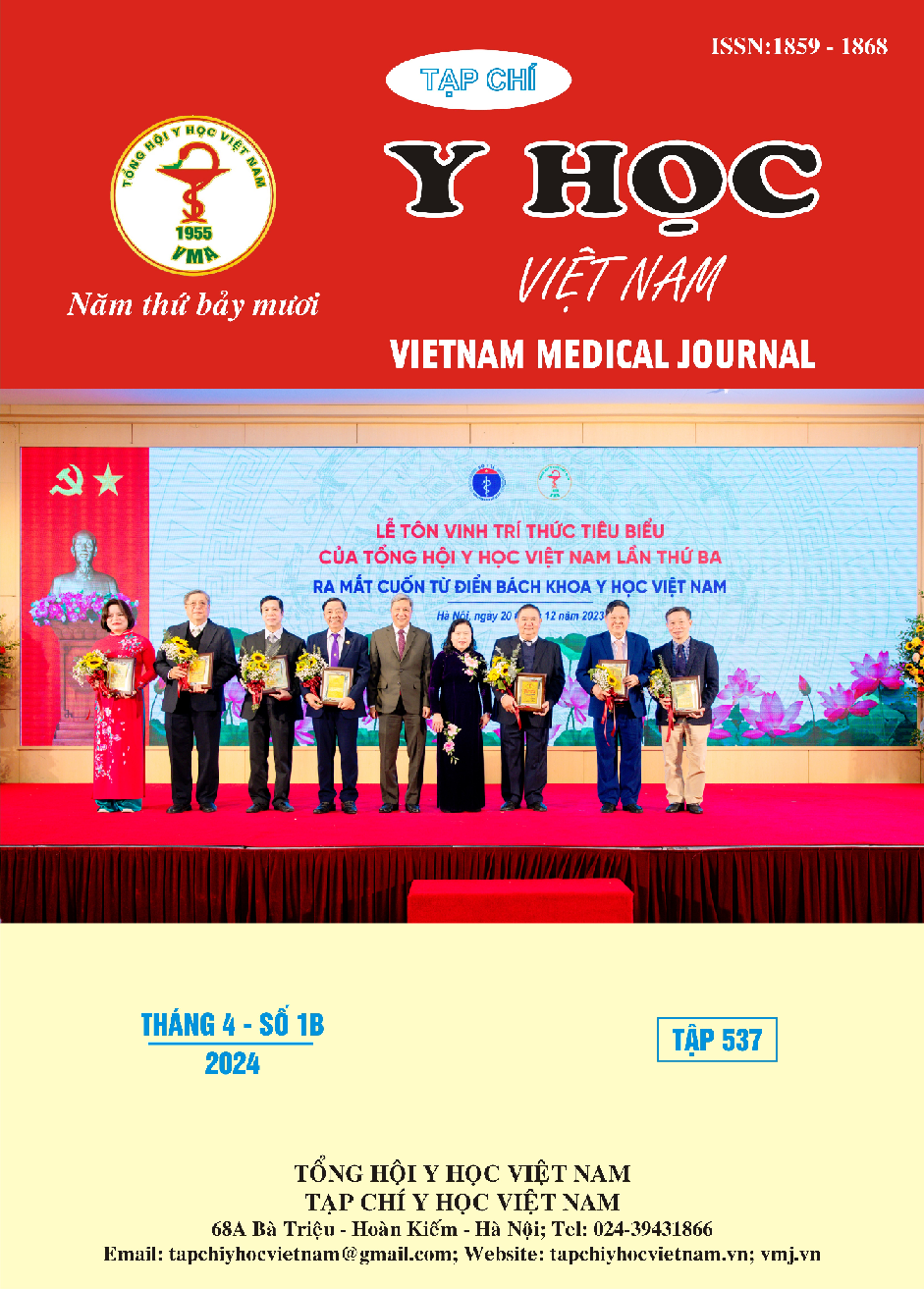PHẪU THUẬT NỘI SOI NGỰC BỤNG CẮT THỰC QUẢN ĐIỀU TRỊ UNG THƯ KHÔNG CẦN MỞ BỤNG NHỎ
Nội dung chính của bài viết
Tóm tắt
Đặt vấn đề: Phẫu thuật là phương pháp quan trọng và hiệu quả nhất trong điều trị ung thư thực quản còn cắt bỏ được. Hiện nay phẫu thuật ít xâm lấn đã dần thay thế cho mổ mở trong phẫu thuật cắt thực quản giúp hạn chế sang chấn, giảm biến chứng hô hấp, hồi phục nhanh và tăng hiệu quả thẩm mỹ. Kỹ thuật nội soi ngực bụng cắt thực quản, nạo hạch và sử dụng dạ dày thay thế thực quản thường được áp dụng. Tuy nhiên, hầu hết các trung tâm phẫu thuật hiện nay đều cần một đường mổ nhỏ ở bụng để tạo hình ống dạ dày và lấy bệnh phẩm. Nhằm giảm tối đa sự xâm hại, chúng ta có thể tạo hình ống dạ dày qua nội soi ổ bụng và sau đó kéo bệnh phẩm lên và lấy qua vết mổ ở cổ đồng thời thực hiện miệng nối tại đây. Với cách làm này chúng ta tránh được vết mổ ở bụng, hạn chế sang chấn phẫu thuật và cải thiện hiệu quả thẩm mỹ. Trong bài báo này, chúng tôi mô tả kỹ thuật, đánh giá tính khả thi và an toàn của việc lấy bệnh phẩm qua vết mổ ở cổ trong phẫu thuật nội soi ngực bụng cắt thực quản điều trị ung thư thực quản. Phương pháp nghiên cứu: Mô tả kỹ thuật qua ca lâm sàng. Bàn luận: Bài viết bàn luận sâu hơn về quá trình phát triển của phẫu thuật cắt thực quản và các vấn đề của kỹ thuật lấy bệnh phẩm qua ngả cổ. Kết luận: Với việc điều chỉnh một số bước trong quy trình phẫu thuật nội soi ngực bụng cắt thực quản điều trị ung thư thực quản như tạo hình ống dạ dày qua nội soi và lấy bệnh phẩm qua cổ không chỉ làm tăng các ưu điểm về tính ít xâm hại, tăng tính thẩm mỹ mà còn khiến cuộc mổ có thể trở nên thuận lợi hơn mà vẫn đảm bảo tính an toàn của phẫu thuật
Chi tiết bài viết
Từ khóa
phẫu thuật nội soi ngực bụng cắt thực quản, ống dạ dày, lấy bệnh phẩm qua cổ.
Tài liệu tham khảo
2. Braghetto IM, Burdiles PP, Korn OB. Esophagectomy and laparoscopic gastric mobilization with minilaparotomy for tubulization and esophageal replacement. Surg Laparosc Endosc Percutan Tech. 2001;11(2):119-125.
3. Crenshaw GD, Shankar SS, Brown RE, Abbas AE, Bolton JS. Extracorporeal gastric stapling reduces the incidence of gastric conduit failure after minimally invasive esophagectomy. Am Surg. 2010;76(8):823-828.
4. Predina JD, Morse CR. Minimally invasive esophagectomy and its current role in esophageal cancer. Minerva Chir. 2014;69(6):363-370.
5. Luketich JD, Alvelo-Rivera M, Buenaventura PO, et al. Minimally invasive esophagectomy: outcomes in 222 patients. Ann Surg. 2003;238(4): 486-495. doi: 10.1097/ 01.sla. 0000089858. 40725.68
6. Perry Y, Fernando HC, Buenaventura PO, Christie NA, Luketich JD. Minimally invasive esophagectomy in the elderly. JSLS. 2002;6(4):299-304.
7. Wang BY, Tsao LC, Cheng CY, Lin CH, Shih CS, Liu CC. Experiences with a simple laparoscopic gastric tube construction. J Cardiothorac Surg. 2013;8:14. Published 2013 Jan 17. doi:10.1186/1749-8090-8-14
8. Hu ZH, Li RX, Wang JT, et al. Thoracolaparoscopic esophagectomy for esophageal cancer with a cervical incision to extract specimen. Asian J Surg. 2023;46(1):348-353. doi:10.1016/j.asjsur.2022.04.073


